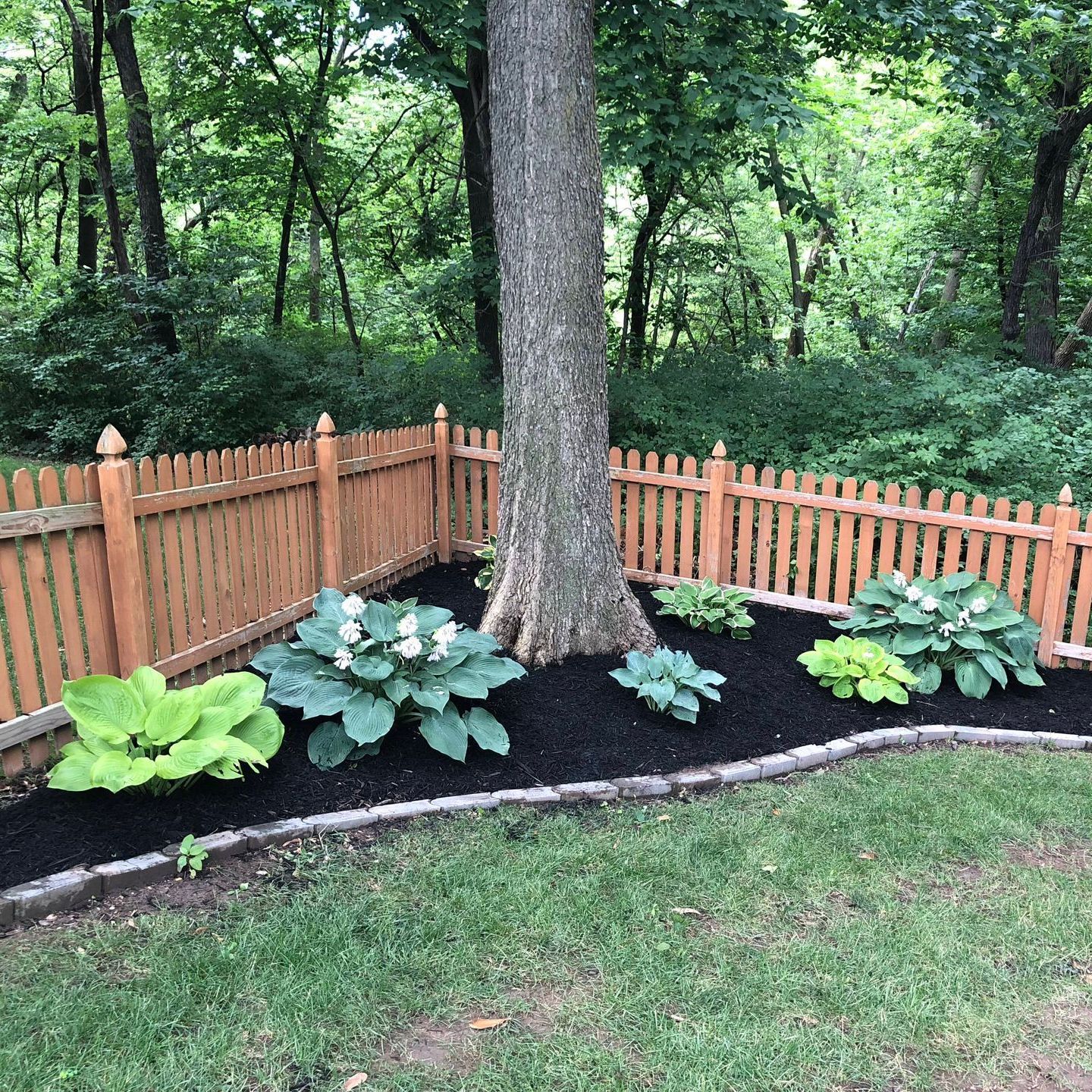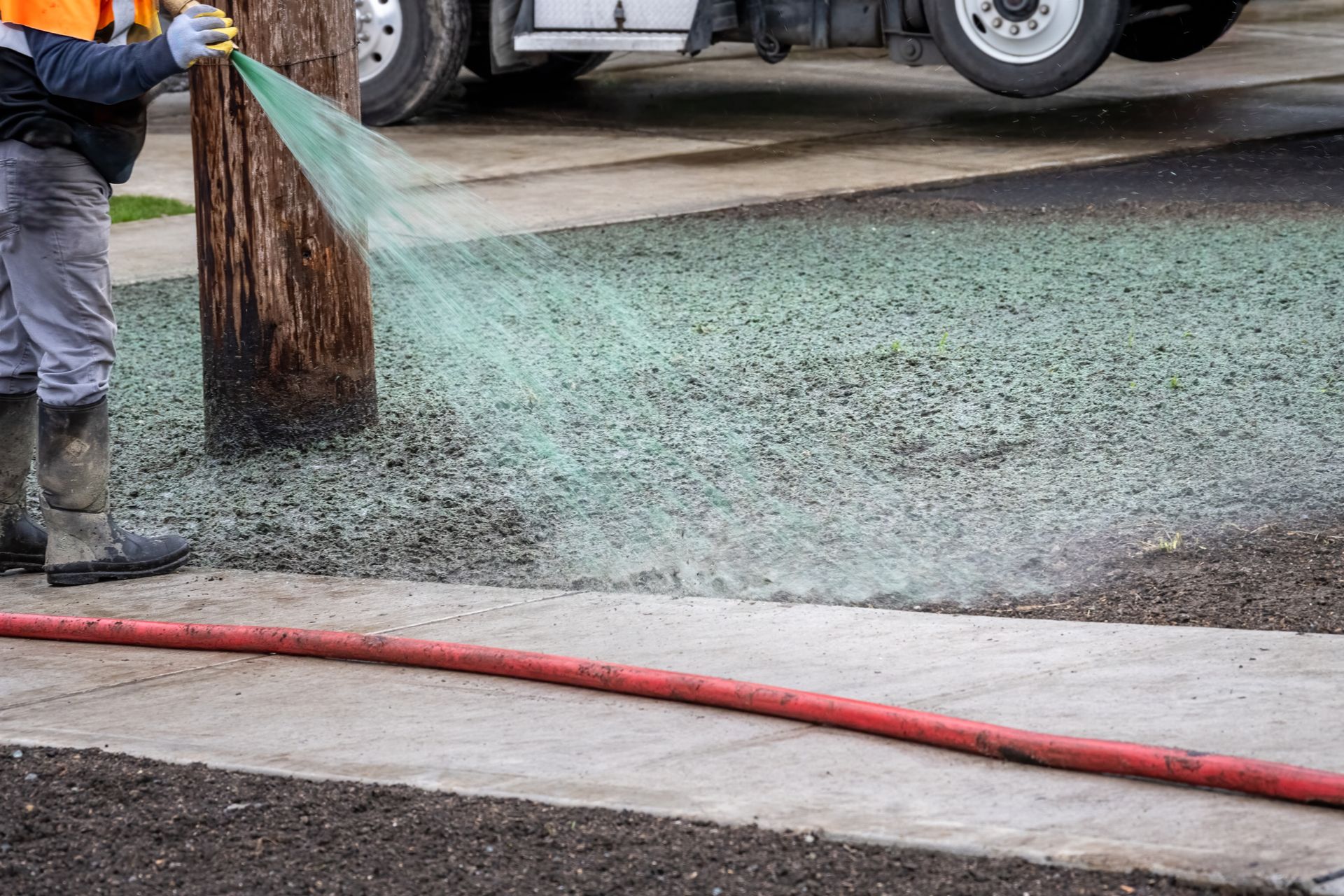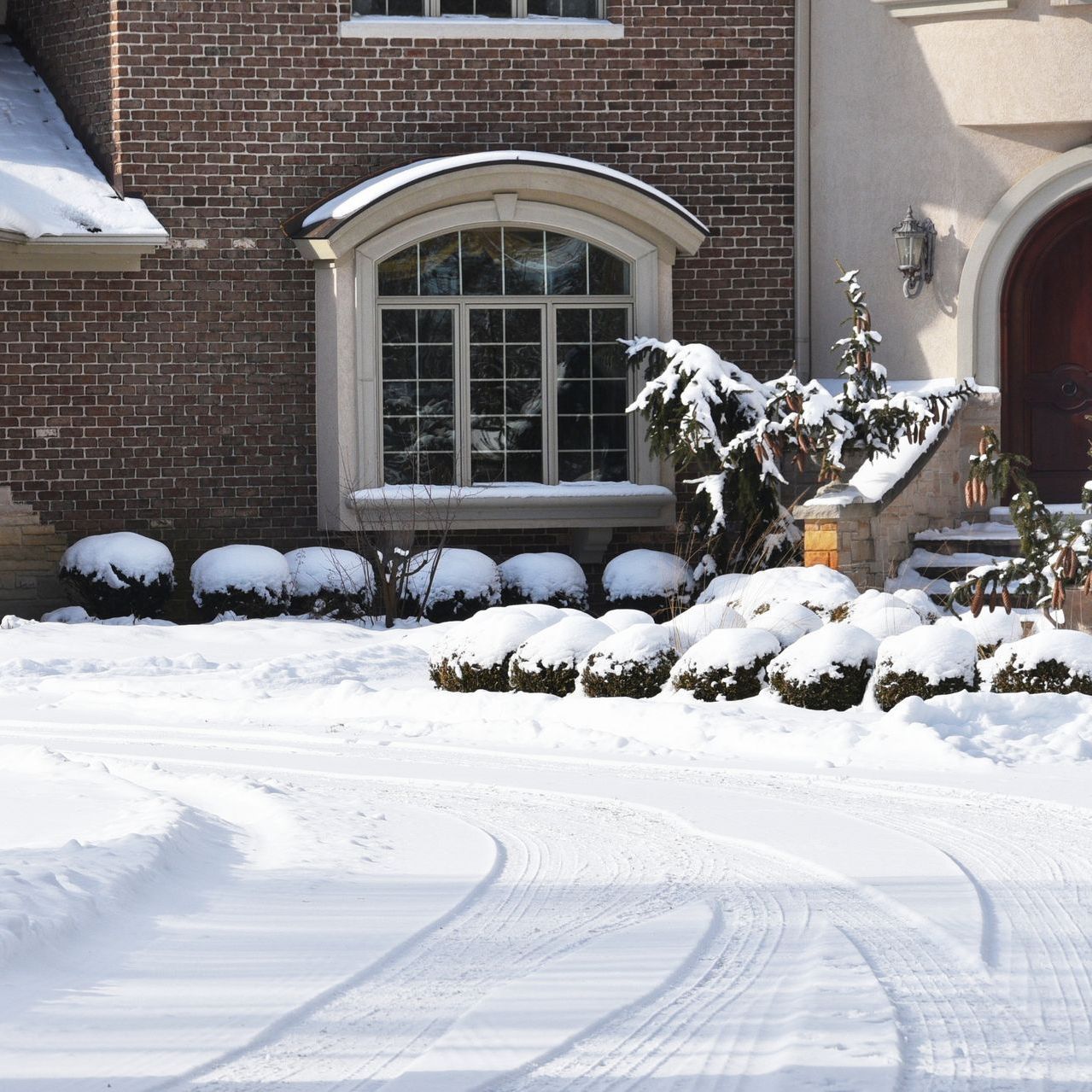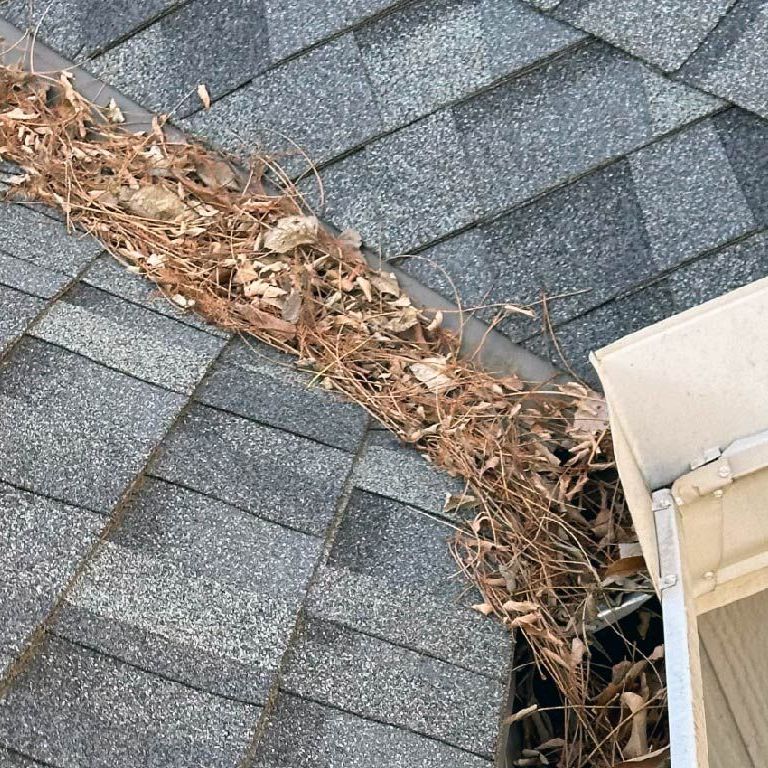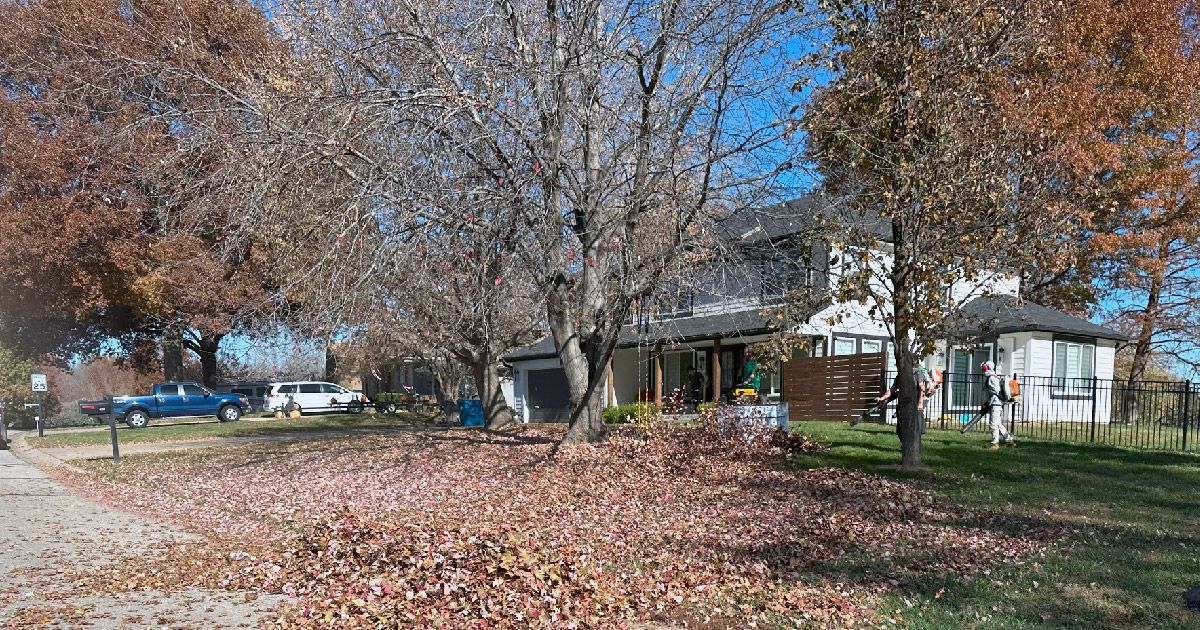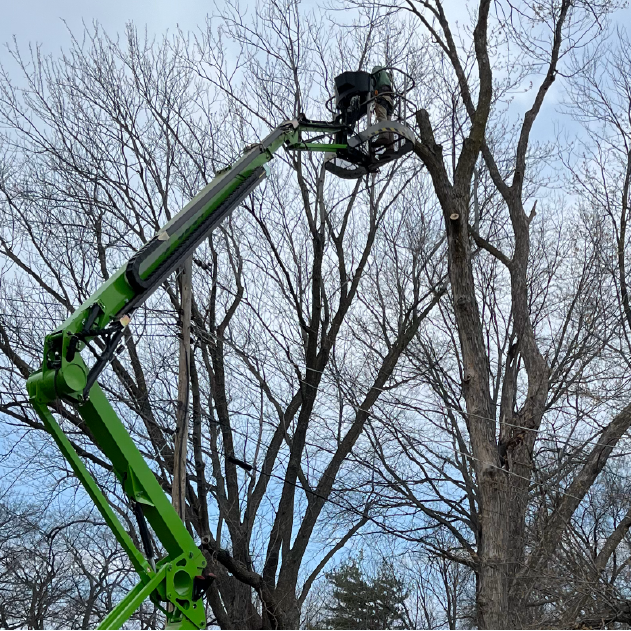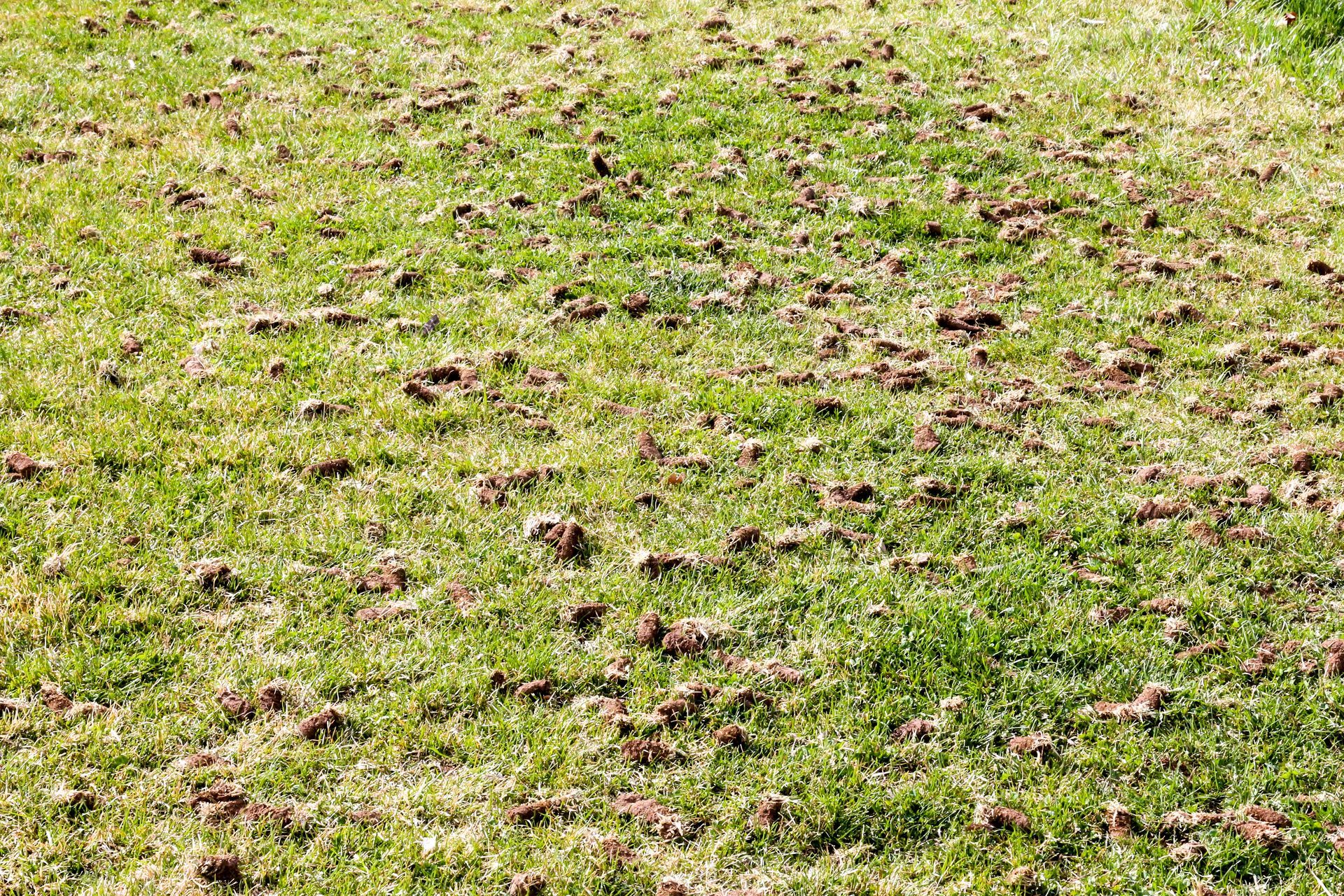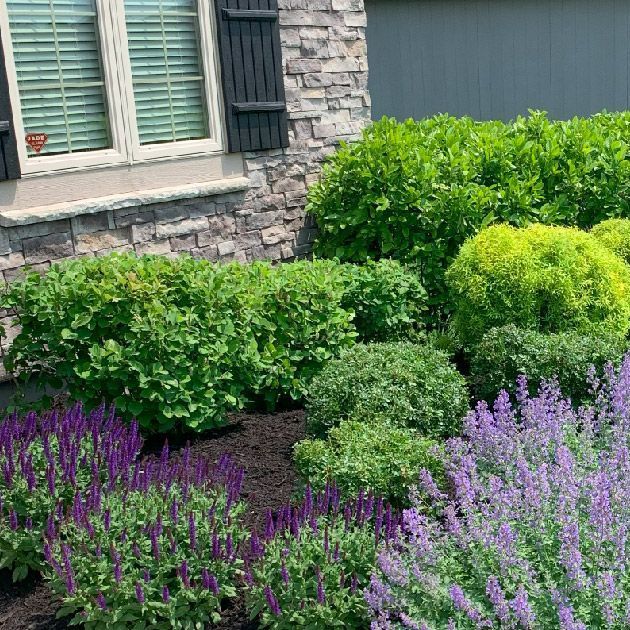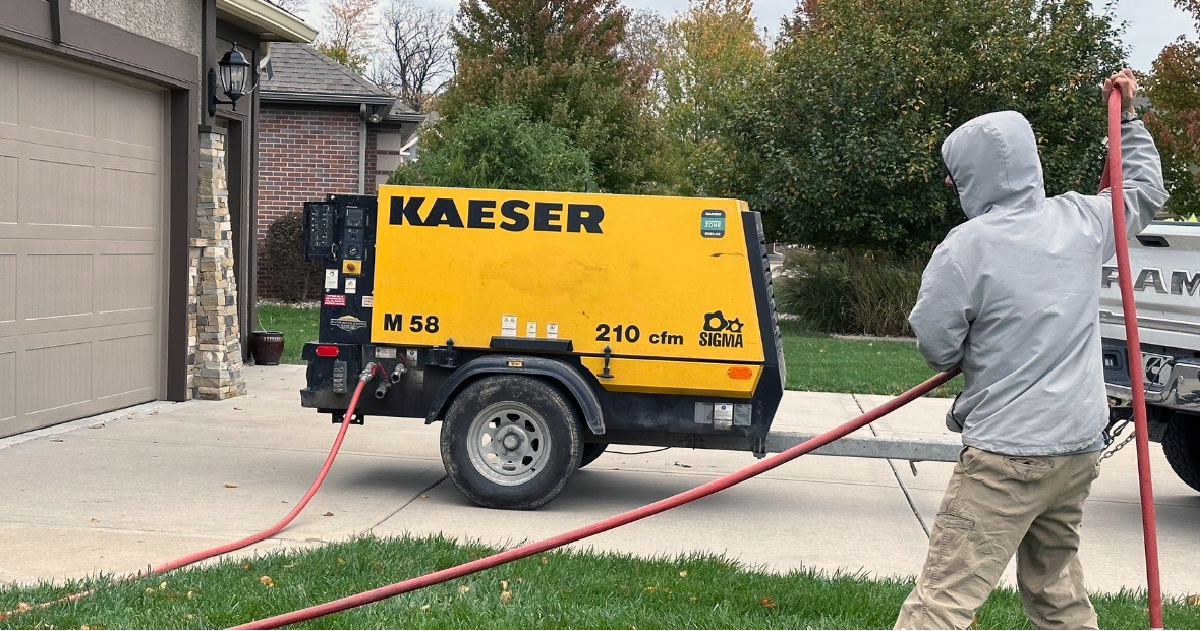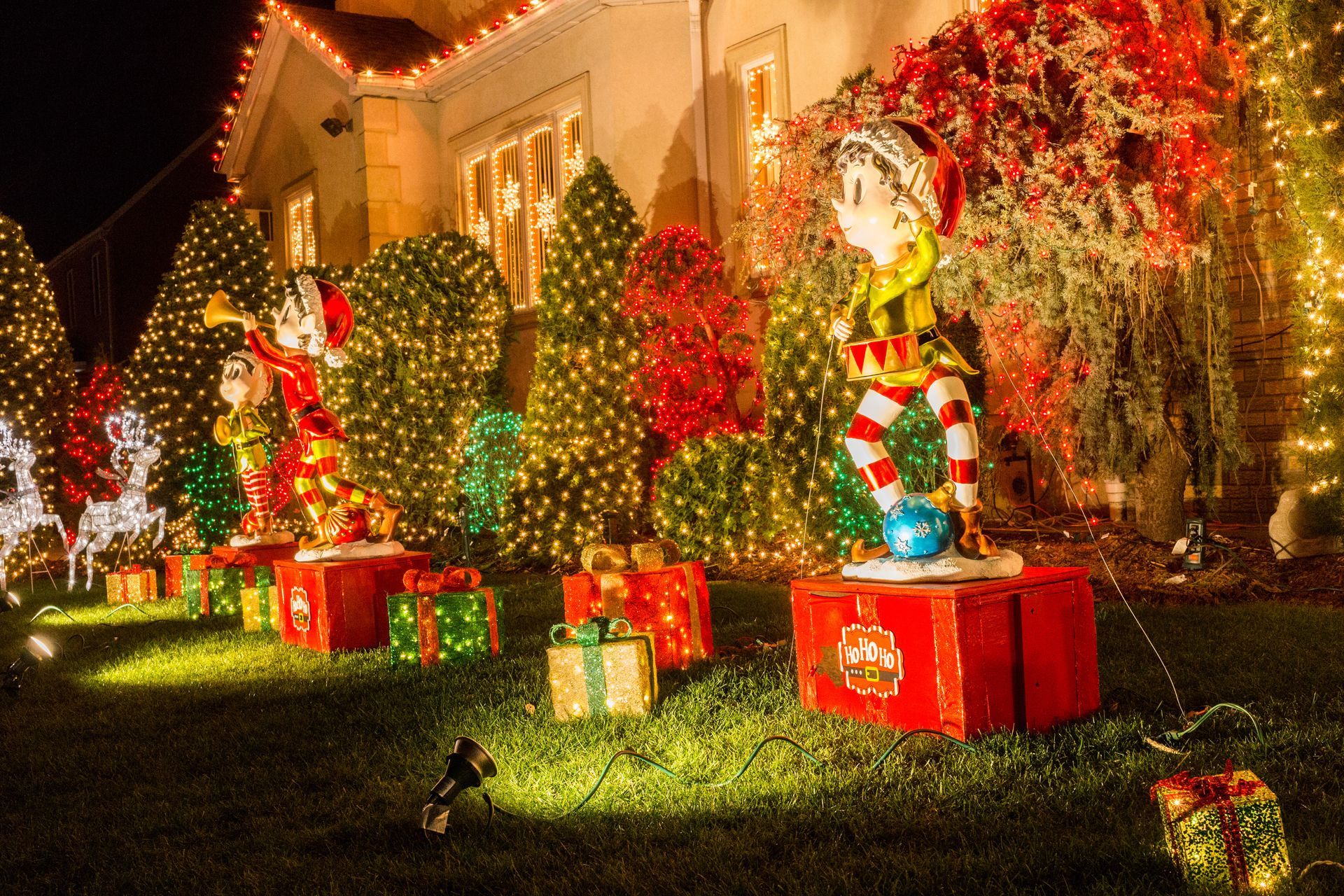Winterizing Your Irrigation System and Building Exterior
As the winter season approaches, now is the perfect time to start preparing your irrigation system and building exterior for harsher weather. Not only will this save you energy in the colder months, but it will also extend your equipment's life expectancy and ensure that all of its working parts are functioning properly when springtime rolls around. With just a few simple steps, you can easily winterize your irrigation system and protect your property from harsh conditions like ice buildup or heavy snowfall. Read on to learn more about how to get started!
Inspect your sprinkler system and perform any necessary repairs before winterizing
With winter just around the corner, it's important to make sure your sprinkler system is properly working before winterizing. It can be easy to overlook, but performing any necessary repairs before the cold sets in can save you a lot of headaches come springtime. A broken sprinkler head or leaky pipe can not only waste water but also cause damage to your property if left untreated. Take the time now to inspect your system, identify any issues, and make the necessary repairs to ensure that your sprinkler system is ready for the colder months ahead.
Shut off the water supply to the irrigation system and drain the pipes
It's easy to overlook the importance of shutting off the water supply to your irrigation system, but doing so can save you a lot of hassle in the long run. It's important to take the necessary steps to protect your irrigation system from potential damage caused by freezing temperatures. That's where draining your pipes comes in. By simply shutting off the water supply and draining the pipes, you can prevent water from collecting and expanding inside the pipes, which can lead to burst pipes and costly repairs. So, take the time to properly prepare your irrigation system for the winter months, and enjoy the peace of mind that comes with knowing your system is protected from the elements.
Check weather stripping and seal any gaps in doors or windows to prevent drafts
As the chill of winter sets in, it's essential to ensure that your home is a cozy haven from the blustery weather outside. One of the easiest ways to do this is to check the weather stripping and seal any gaps in your doors or windows. Not only will this keep out the pesky drafts that can make any room feel cold, but it can also help you save money on your heating bill. You might be surprised at how much energy you can lose through even the tiniest gaps in your home's insulation. So, take a few minutes to inspect your weather stripping, and seal up any openings you find. You'll be glad you did when you're enjoying a warm and snug home during these chilly winter months.
Clean and store outdoor furniture, grills, and other items that won't be used during colder months
It's time to start thinking about how to properly store your outdoor furniture, grills, and other seasonal items. While it may be tempting to leave them outside and deal with it in the spring, taking the time to clean and store these items properly now will save you a lot of hassle down the road. Not only will it protect your investment, but it will also ensure that everything is ready to go when the warmer weather returns. So grab a few cleaning supplies and get to work – your future self will thank you!
Apply an anti-icing product on roof overhangs, gutters, and downspouts to help prevent ice dams
Winter is a beautiful season, but with it comes the risk of ice dams forming on our roofs, which are not only unsightly, but can also cause extensive damage to our homes. One way to prevent ice dams from forming is by applying an anti-icing product on roof overhangs, gutters, and downspouts. This will help keep them from freezing over and forming ice dams, which can lead to water damage inside your home. By taking this step, you can protect your home from the harsh winter weather and enjoy the beautiful scene outside without worrying about any unwanted surprises.
Cover exterior air conditioner units with plastic tarps to protect from snow and freezing temperatures
Winter weather can do a number on your home's exterior, and your air conditioner unit is no exception. If you want to keep it running smoothly through the colder months, covering it with a plastic tarp is a great way to protect it from the worst of the snow and freezing temperatures. Not only will this help prevent damage to your unit, but it can also extend its lifespan, saving you money on repairs and replacements in the long run. With a little bit of effort, you can keep your air conditioner in great shape all winter long, and be ready to enjoy its cool, refreshing breeze as soon as the weather starts to warm up again.
Trim trees, shrubs, and bushes near building foundation for better insulation
If you're looking for an easy and cost-effective way to keep your home insulated, consider trimming back any nearby trees, shrubs, or bushes. These plants can actually contribute to heat loss by blocking sunlight and trapping moisture against your building's foundation. By removing excess growth, you'll improve airflow and reduce the risk of water damage or rot. Plus, you'll be able to enjoy a cleaner, more polished exterior look. Don't wait until the winter months to start prepping your home - take care of your landscaping today for a warmer, cozier living space all year long.
Insulate exposed piping or replace old pipes with insulated ones for extra protection against freeze damage
Your pipes are especially vulnerable during cold snaps, which can cause them to freeze and burst. In order to protect your pipes from this kind of damage, you have a couple of options. You can start by insulating exposed pipes. This can help to keep them warm and prevent them from freezing. Alternatively, you can replace old pipes with insulated ones. This can be a bigger expense upfront, but it can save you money and headaches in the long run by preventing costly repairs and water damage. Whatever you choose, taking action to protect your pipes from freeze damage is a smart move for any homeowner.
Conclusion:
Make sure to inspect your sprinkler system and make any necessary repairs before winterizing it. Shut down the water supply and drain the pipes and check weather stripping on doors or windows for cracks that need sealing. Clean up outside furniture, grills, and other items you won't be using in order to prevent them from being damaged by snow or heavy rains of winter storms. Apply anti-icing products on roof edges, gutters, and downspouts to add extra protection against ice dams later in the season. Cover exterior air conditioner units with plastic tarps to help ensure they are safe from snow fall and freezing temperatures. Trim trees near your building foundation and insulate exposed piping or replace old pipe insulation for added safety from freeze damage. With these tips in mind, you can get started on winterizing your home now - but don't forget to give us a call if you need help winterizing your irrigation system, trimming bushes/trees or just need an extra hand cleaning your gutters!
